League of Legends allows players the freedom to play champions the way they want to. Some champions, however, have a more defined role than others. While most champions are either carries or supports, there is one unique role in the game that only certain champions are better equipped for. That role is the one of jungler.
While jungling in other MOBA games, such as Dota 2, is a preferred option, jungling in League is a defined, full-fledged role with a lot of responsibility attached to it. So what is the jungler and how do you play it?
Jungler role
The jungler role is different from the others in the game. While other champions are out in lanes, creating havoc and engaging in teamfights, the junglers are in the jungle, defeating creatures of their own to gain gold and experience. Jungling from the start of the game is no easy feat, which is why champions specializing in the jungle role are generally tanky and have some sustaining abilities to ensure their early levels go smoothly.
The jungler isn’t entirely dependent on the jungle, however. After acquiring enough levels and items, they can initiate ganks and teamfights by ambushing enemies in lanes. Eventually, their role tends to transition to a more teamfight-oriented one by the time the late game comes around, with their skillset more equipped to deal with enemy champions after they acquire their initial items.
What to expect
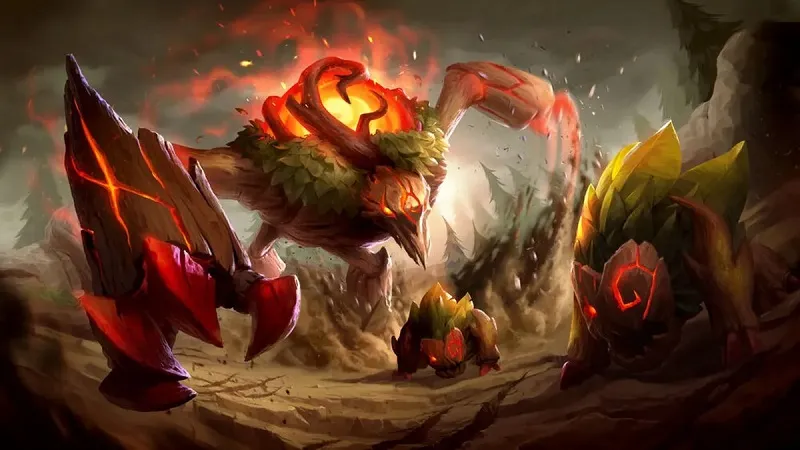
For junglers to be successful, they have to know what they are up against. Each enemy jungle is comprised of six neutral monster camps. Each camp is unique, consisting of different monsters that can be defeated for gold and experience as well as some unique buffs.
Defeating each of these monsters can be a task in itself, so we have curated a list of all the monsters in these neutral camps and what to expect while fighting them. Each of these monsters will be divided into tiers starting off with the small enemies.
Small
- Mini Krug: First of the three monsters that spawn in the Krug camp, these are the runts of the camp. Two of them spawn upon defeating the medium Krugs in the camp.
- Murk Wolf: One of the two monsters that spawn in the Murk Wolf camp. Two of these spawn in the camp. They are merely minions to the stronger Greater Murk Wolf.
- Raptor: One of two enemies that spawn in the Raptor camp. These are the lesser enemies and five of them spawn in the same camp.
Medium
- Krug: The second of three monsters that spawn in the Krug camp. One of them spawns in the Krug camp, while two more spawn upon defeating the Ancient Krug.
Large
- Ancient Krug: The strongest of the three monsters that spawn in the Krug camp. They have the highest HP and most damage of the three and split into two medium Krugs upon defeat.
- Blue Sentinel: First of two unique monsters that provide buffs when killed. This one grants the Crest of Insight, which increases mana regeneration as well as provides ability haste.
- Crimson Raptor: The strongest monster that spawns in the Raptor camp. Only one of these spawn in the camp with five lesser Raptors under their control.
- Greater Murk Wolf: The strongest monster that spawns in the Murk Wolf camp. One of them spawns in the camp along with two smaller Murk Wolves that they command to attack.
- Gromp: Gromp is a unique monster that deals magic damage with its basic attacks. Defeating it will restore the victor’s health and mana by a certain amount.
- Red Brambleback: Second of two unique monsters that provide buffs when killed. This one grants the Crest of Cinders, which increases health regeneration as well as grants basic attacks the ability to slow and do true damage over time.
- Rift Scuttler: Two unique monsters that do not spawn in any camps but run alongside the river. They are not hostile and will attempt to flee immediately. Defeating any of them will create a Speed Shrine where it was defeated. This lasts for 90 seconds and provides vision and increased movement speed to allies.
Epic
- Chemtech Drake: The first of six unique Drakes. Grants the Chemtech Dragon Soul if it is slain when the rift is dominated by the Chemtech. Also grants a stack of Chemtech Blight for each one slain.
- Cloud Drake: The second of six unique Drakes. Grants the Cloud Dragon Soul if it is slain when the rift is dominated by the Cloud. Also grants a stack of Cloudbringer’s Grace for each one slain.
- Hextech Drake: The third of six unique Drakes. Grants the Hextech Dragon Soul if it is slain when the rift is dominated by the Hextech. Also grants a stack of Hextech Prowess for each one slain.
- Infernal Drake: The fourth of six unique Drakes. Grants the Infernal Dragon Soul if it is slain when the rift is dominated by the Inferno. Also grants a stack of Infernal Might for each one slain.
- Mountain Drake: The fifth of six unique Drakes. Grants the Ocean Dragon Soul if it is slain when the rift is dominated by the Ocean. Also grants a stack of Oceanic Will for each one slain.
- Ocean Drake: The sixth of six unique Drakes. Grants the Chemtech Dragon Soul if it is slain when the rift is dominated by the Chemtech. Also grants a stack of Chemtech Blight for each one slain.
There are a few special mentions even in the Epic tier monsters:
- Rift Herald: Powerful unique monster that spawns at the pit on the top of the map. Drops the Eye of the Herald upon defeat that allows players to summon the Rift Herald to push lanes. It does bonus damage to structures.
- Elder Dragon: The most powerful of the Dragons. Grants the Aspect of the Dragon to the entire team, imbuing all of their attacks with true damage, along with the ability to execute enemies below 20 percent max health.
- Baron Nashor: The most powerful of all unique monsters that spawns in the same pit as the Rift Herald does, only after 20 minutes have passed. Killing it increases the entire team’s AD and AP for three minutes along with an aura that boosts all nearby minions’ power.
Ganking
One major aspect of the jungler role is that of ganking. Although not exclusive to the junglers, the responsibility of setting up a perfect gank generally fits in well with the jungler’s kit.
Ganking refers to the act of invading a lane and teaming up with allies to secure a kill. This is done when the jungler and his allies are at their healthiest while the enemies that are on the receiving end of the gank are in a vulnerable position, preferably either at low HP or already affected with a negative status effect.
Another important thing to keep in mind when setting up ganks are the mana pools and cooldowns of the jungler and the allies they plan to gank with. A common mistake is assuming that allies have the mana and their spells off cooldown to perform a successful gank when they don’t. This would lead to the gank backfiring and working against the ganking champions, by either missing the kill or leading to their deaths.
Mastering the art of ganking is not easy, but being a successful jungler depends on how well players can pull off these ganks successfully.
Game timings
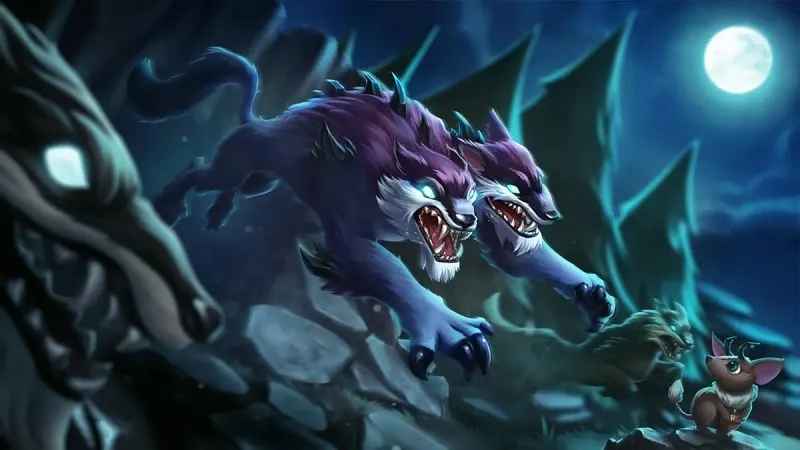
As is with any role, game timings are very important. Depending on whether the stage of the match is in the early game, mid game, or late game, the tactics of the jungler will tend to vary.
Early game
At this stage of the game, the jungler will just be starting out. It would be wise to focus on farming and clearing out smaller camps. The most common recent tactic for both sides would be to focus on killing the Gromp, proceed to kill a Rift Scuttler or two, and rush level three as quickly as possible. Then buy boots and look to initiate a gank if possible.
Following this, getting back to farming is the most efficient option, upgrading the core jungling item and start working on harder camps like Raptors. At this point, the jungler’s priority would be to keep leveling up and getting items so that they can tackle the stronger camps later.
Mid game
During the mid game, the jungler should be powerful enough to kill camps much faster, allowing them to clear all the camps from one side of the map to the other, ideally. Mid game is also the perfect time for the jungler to join teamfights. That is why making rotations in this manner also allows the jungler to initiate surprise ganks in any lane if the enemies have not been able to keep track of them.
This is also the time when the jungler has to make a choice between killing the Brambleback and Sentinel to provide these buffs to their allies or trying to tackle the bigger fish, going after the Rift Herald and the Dragons. During all of these objectives, never forget to keep up the farming because the jungler will be very important come the late game.
Late game
By this point in the game, the jungler should have acquired a full set of items, ideally almost completing their build. The sooner they manage to do this, the better because this is when teams start to group up and the big teamfights begin. It also becomes essential for the jungler to stick with their team to set up the teamfights or, depending on the champion, tank for their team. Try not to stray away from the team because the enemies will be on the lookout to pick off stragglers in order to gain an advantage.
The best thing either team can do before going for the final push would be to tackle Baron Nashor or the Elder Dragon together. The buffs that these objectives provide would be crucial to gaining an advantage when trying to end the game. As the jungler, never forget to keep Smite up and ready in case the time comes.
Things to remember

One important thing to remember is that the enemy team has a jungler of their own who will be competing with the player’s own jungler for map control and resources. Since junglers are the ones that generally initiate ganks from the shadows, it is likely that a good enemy jungler will keep the player’s jungler scouted at all times. This will ensure that no surprises are sprung. Getting vision over the enemy jungler can also result in some sneaky kills when the enemy’s HP is low and they are at a disadvantageous position.
One final thing to add is that learning an optimal jungling route will do wonders for a jungler’s gameplay, while optimal usage of Smite ensures efficiency when it comes to killing monsters. All of these habits come with practice and we encourage players to stick to their role to perfect it.





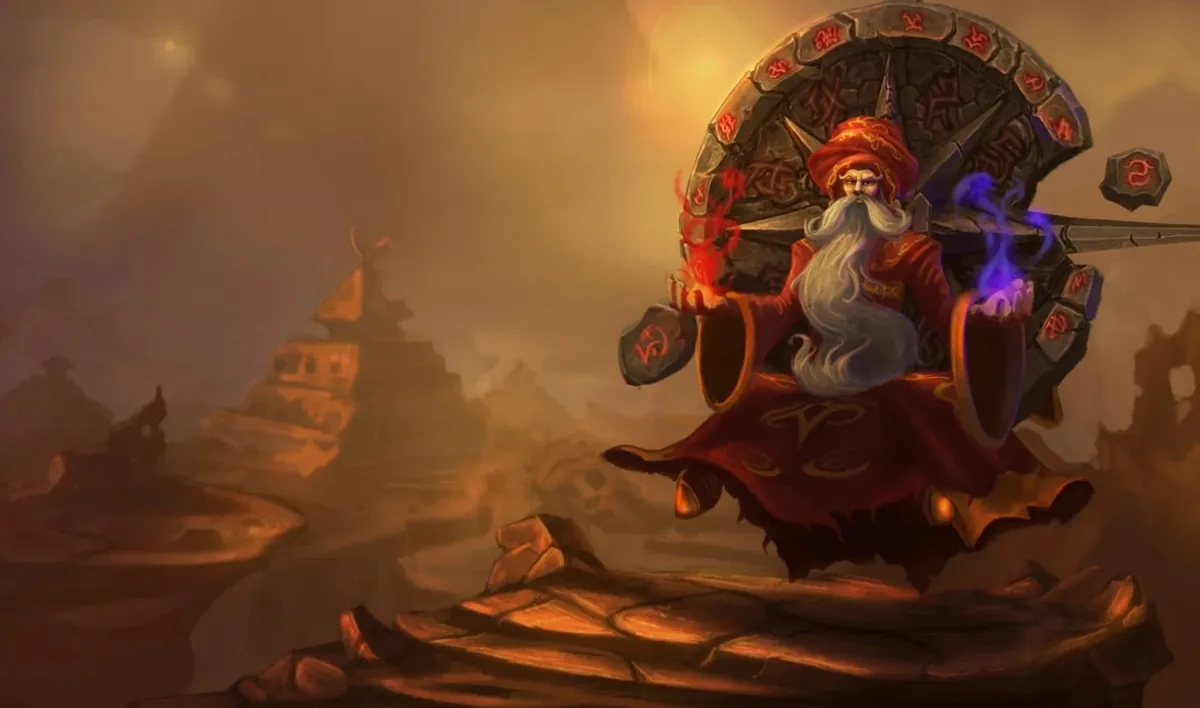



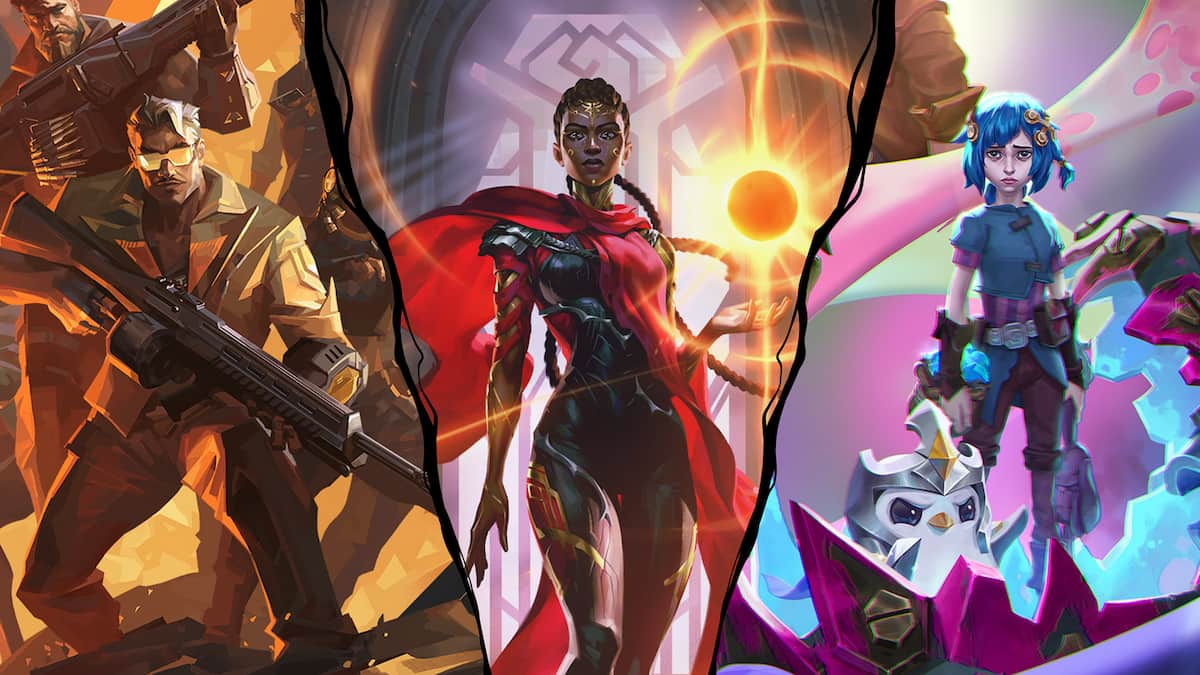
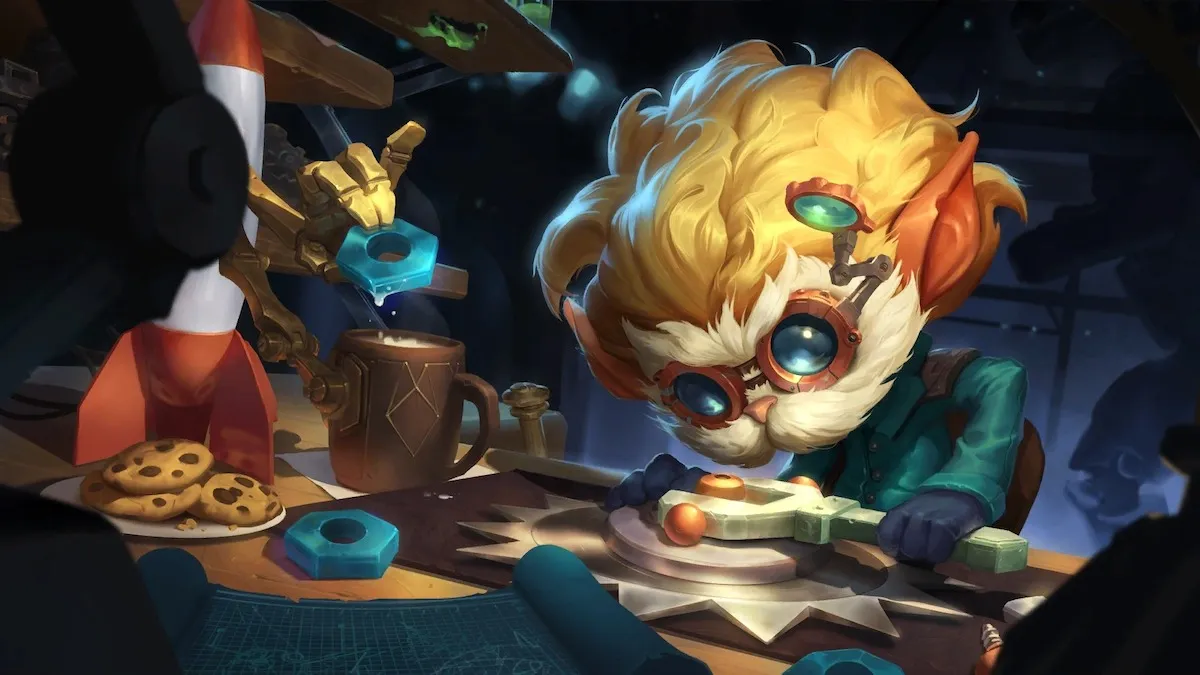

Published: May 20, 2022 8:29 PM UTC